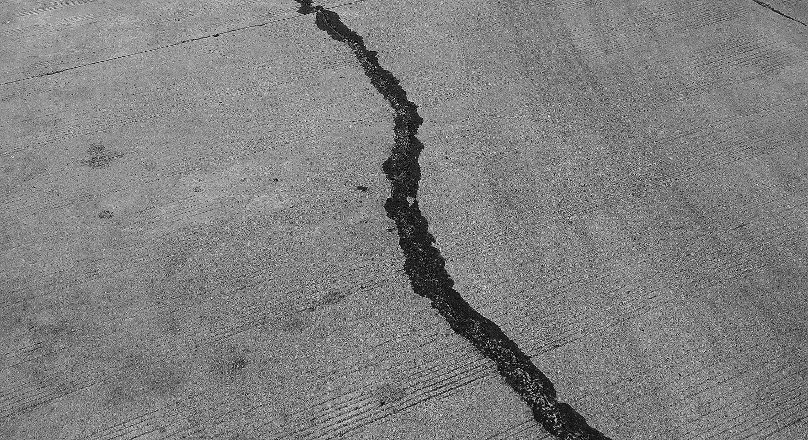Results for ""
An earthquake is a natural disaster triggered by the movement of the earth’s tectonic plates with the release of its substantial energy. A dangerous tremor with a magnitude greater than five can cause massive death tolls and vast infrastructural damages that can cost a considerable amount of money. However, if such calamities can be predicted, the magnitude of destruction can be reduced to an extent. The whole earthquake prediction process should have three types of information: magnitude, location and time of occurrence.
Since an earthquake does not show specific patterns, predicting its time, magnitude, and location is challenging, leading to inaccurate predictions. Techniques integrated with Artificial Intelligence play a pivotal role here since they can spot hidden patterns in data. When it comes to earthquake prediction, these AI models can also produce promising outcomes.
The Study on AI in Geosciences
Studying earthquakes has always been a topic of interest around the world, as they are one of the least predictable natural disasters. In a recently published review in Artificial Intelligence in Geosciences, a team of researchers from France and Turkey has explored the role of conventional tools like seismometers and GPS in understanding earthquakes and their aftermath.
Joshua Pwavodi, the study’s lead author, explained, “These tools have provided invaluable insights into various seismic parameters, such as ground deformation and displacement waves. However, they face several limitations, including the inability to predict earthquakes in real-time, challenges with temporal data resolution, and uneven spatial coverage.” He said, “Despite their historical significance, these tools struggle to distinguish seismic signals from environmental noise.”
However, the authors note that recent progressions in AI and IoT have predominantly addressed a few of these limits. AI methodologies have proven instrumental in recognising complex patterns and relationships within historical seismic data. Moreover, harnessing AI has gained unique insights into seismic patterns across diverse geological locations.
Pwavodi opined, “Both classical and advanced machine learning techniques have contributed to developing robust early warning systems and decentralised prediction models. IoT devices have also played a crucial role by enabling seamless data transmission for real-time monitoring.”
The Challenges
The flexibility of IoT devices significantly improves data accessibility and storage, leading to the development of a dynamic network for earthquake forecasting. Yet there are challenges like computational complexity, interpretability, and data quality. One key limitation lies in the integration of primary hydrogeological measurements into AI model training.
Analysing hydrogeological data such as pore-fluid pressures and fluid flow is often expensive. Tools such as Circulation Obviation Retrofit Kits (CORKs) offer in-situ measurements of the mentioned parameters. However, unlike IoT systems, data transmission is not often done in real time.
Pwavodi added, “To address these challenges, we proposed a comprehensive approach that integrates diverse datasets, including seismic, GPS, meteorological, and IoT sensor data”. He said, “By combining these datasets, researchers can develop more robust earthquake prediction models that account for various contributing factors.”
The authors propose integrating IoT devices with tools such as Circulation Obviation Retrofit Kits (CORKs) to allow real-time transmission of hydrogeological measurements influencing earthquakes. Such real-time data, along with other datasets, can be utilised to develop predictive AI models that can offer earthquake predictions in real-time.
Sources of Article
- https://phys.org/news/2024-04-decisions-ai-iot-earthquake.html
- Photo by Shefali Lincoln on Unsplash






